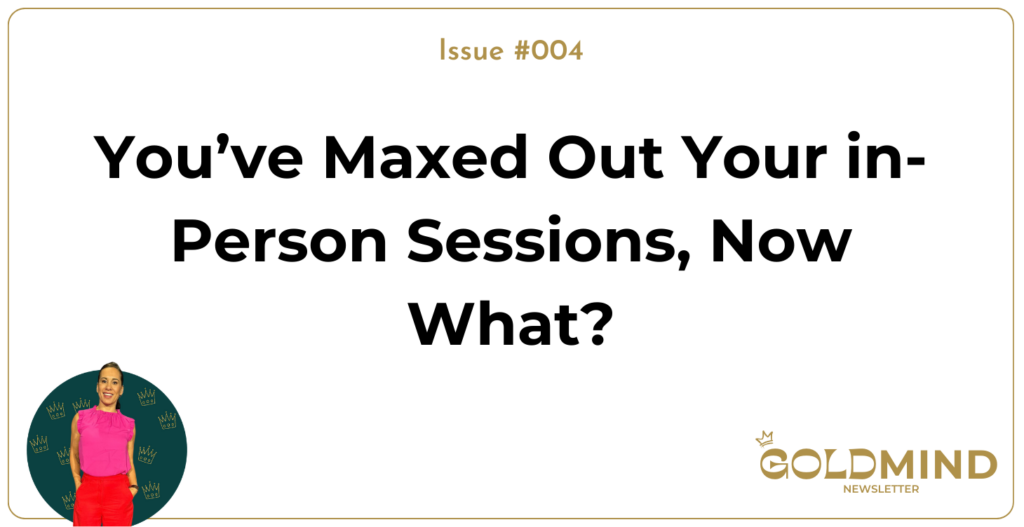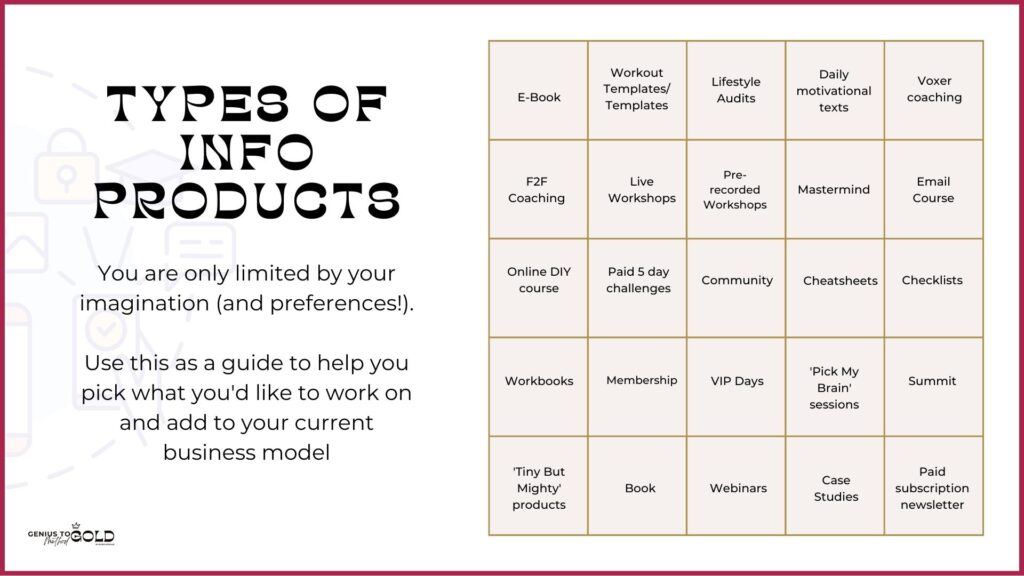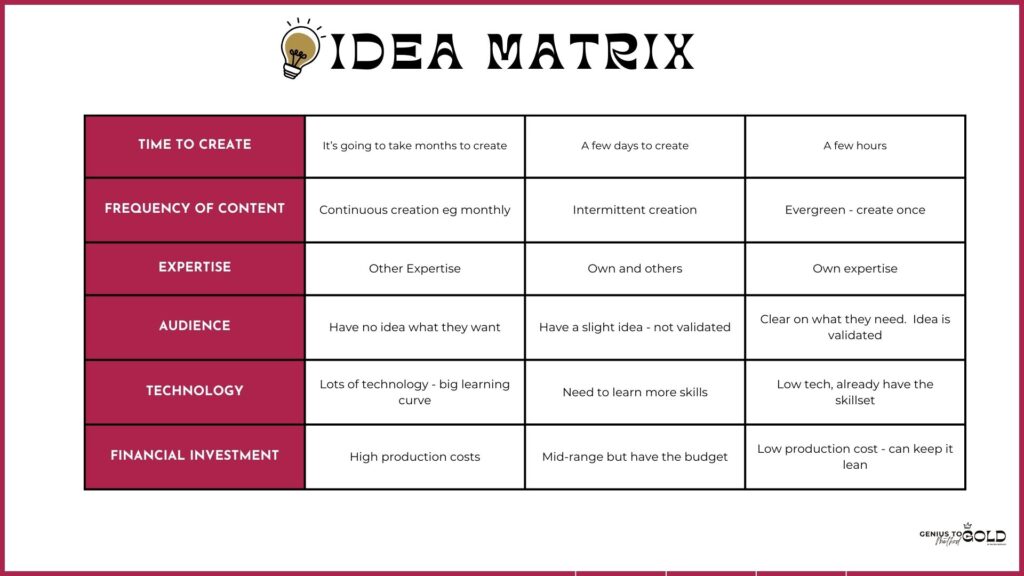You’ve Maxed Out Your In-Person Sessions, Now What?

Feb 24th 2024
Read Time: 4 mins
You’re at a point in your career where your in-person sessions are fully booked.
You’ve put your prices up, and you don’t want to, or feel like putting them up again is a good option.
There’s a waitlist of potential clients, crossing their fingers for a cancellation.
🎊🎉 Congratulations.
People dream of getting their business to this point.
But the problem you now face is, knowing what to do next.
Well, my friend, this is a great problem to have.
Even though the future feels a little fuzzy because you’re not sure how to make this work, you’ve got options.
And when you’ve got options you’re in a privileged position to make slow decisions.
A big mistake is when people try to transition to the online space too fast and too complicated
Which often leads to disappointment, wasted time, energy and finances.
I don’t want that for you, so today, I’m going to walk you through two ‘next step’ considerations:
✅ Monetise your expertise online with digital products
✅ How to know which products to make first
💰 Monetising Your Expertise With Digitial Products
I started my professional career as a service provider (Personal Trainer) in the Fitness Industry. For over a decade I traded my time for money. Then, I realized that was not what I wanted. But, I couldn’t see another option.
I loved my clients and what I did. But, I was frustrated by my income ceiling and the inability to step away from the day-to-day sessions if I wanted a holiday or day off.
Somehow, I stumbled across the world of online marketing, and digital knowledge products.
I knew that was my ticket out.
When you first look online, there are a lot of options. There are many pathways and business models.
It’s hard to know where to start 💁♀️
So, let’s start with your expertise.
🧠🧠
Friend, you know stuff. You know your craft. You’ve got a unique way of getting clients results.
And if you’ve got a proven record of results you can package that knowledge up and sell it online.
The easiest place to start is by systemising your process and method.
Once you’ve got that, the next step is to decide on how you want to sell parts of or all of your process/method.
The most common delivery methods are:

Each of these delivery methods has pros and cons and serves a different purpose.
I recommend starting with the easiest thing to make. It should have the lowest barrier to finish.
🔮 How to know which products to make first
Too many get paralysed trying to figure out what type of product to create. As I mentioned above go for the lowest-hanging fruit 🍒🍒
But what exactly makes it the lowest hanging?
The answer depends on you, your goals and your answers to the following questions:
Time:
How much time do you have available to commit to the creation of the product? Do you have time to market and sell it?
Frequency:
Is this going to be a one-off creation? or do you have to keep creating content? For example, will you make a PDF resource kit? Or, will you make a membership that needs monthly updates?
Expertise:
Can you create the product from off the top of your head or do you need to curate and collaborate with other experts?
Audience:
Do you have an audience you can sell this to? Have you validated the idea for the product?
Technology:
Does the creation of this product need you to learn new technology? Do you have the means to deliver the product as you want? For example, you’re comfortable selling through Stan Store or you know how to set up a membership site.
Financial Investment:
How much will the product cost to produce and sell? Can you create it yourself or do you need to hire others to help out?

Use these questions to help you choose a course of action.
The Wrap-Up:
When first starting, create something low-risk (financially) and not too time-intensive.
You want to make sure you’ve got an audience who’s willing to buy it. Meaning you’re certain your product will solve a problem, and you’ve validated the idea.
👉👉 The take-home message – make it easy on yourself.
Give yourself a few wins.
Remember, taking your business online comes with quite the learning curve.
Don’t expect your first, second or even 10th digital product to be a 7-figure winning product.
Move strategically and slowly. That way you’ll build the foundations of a sustainable online education business.
One where you’ll be in the game 10 years from now.
Comments +